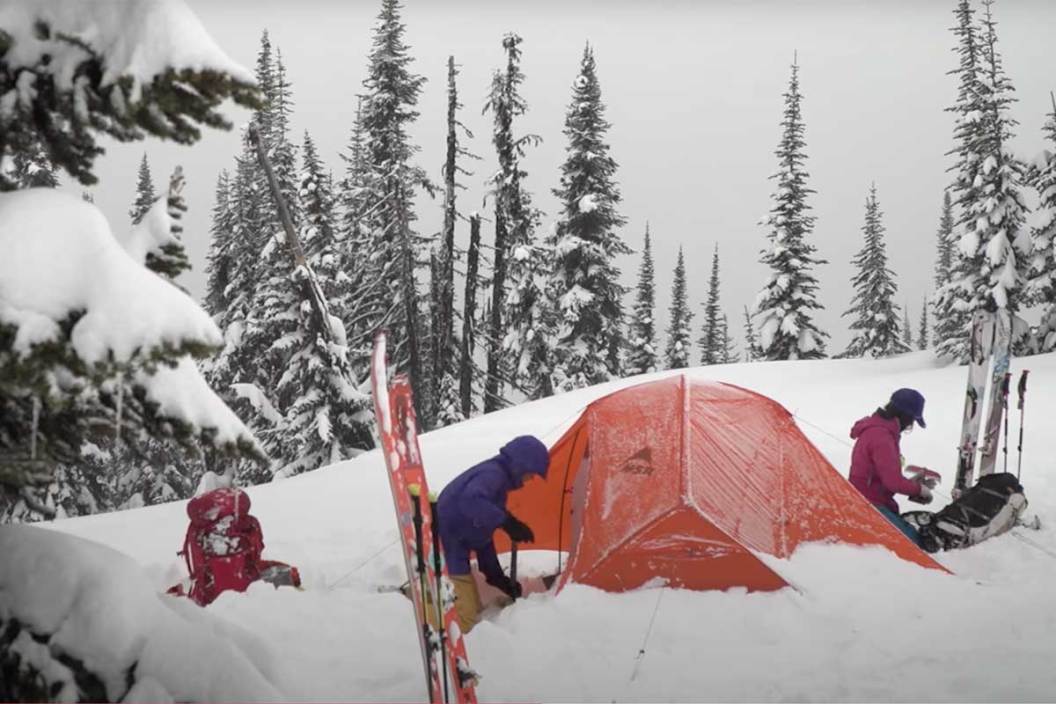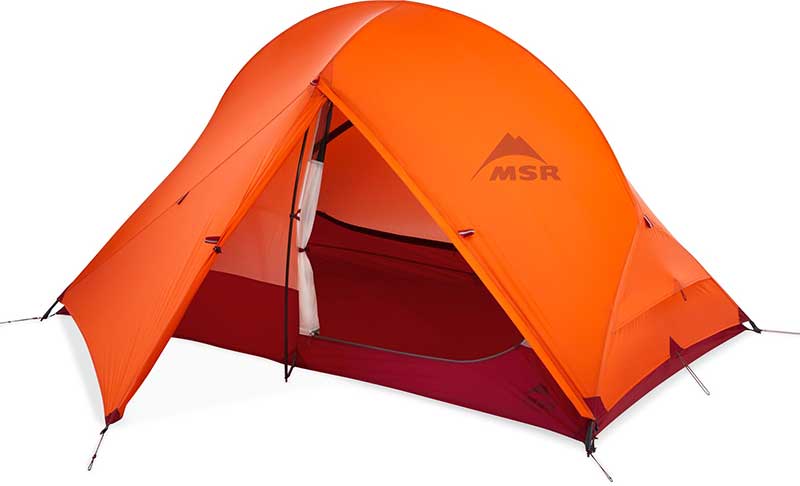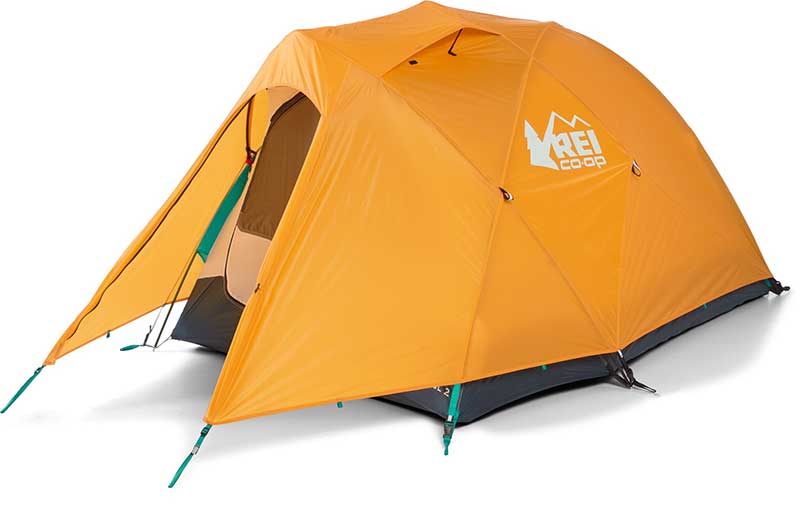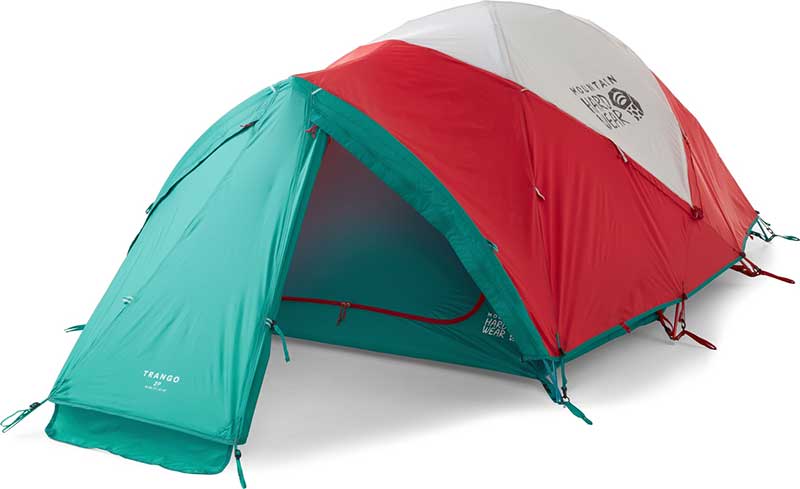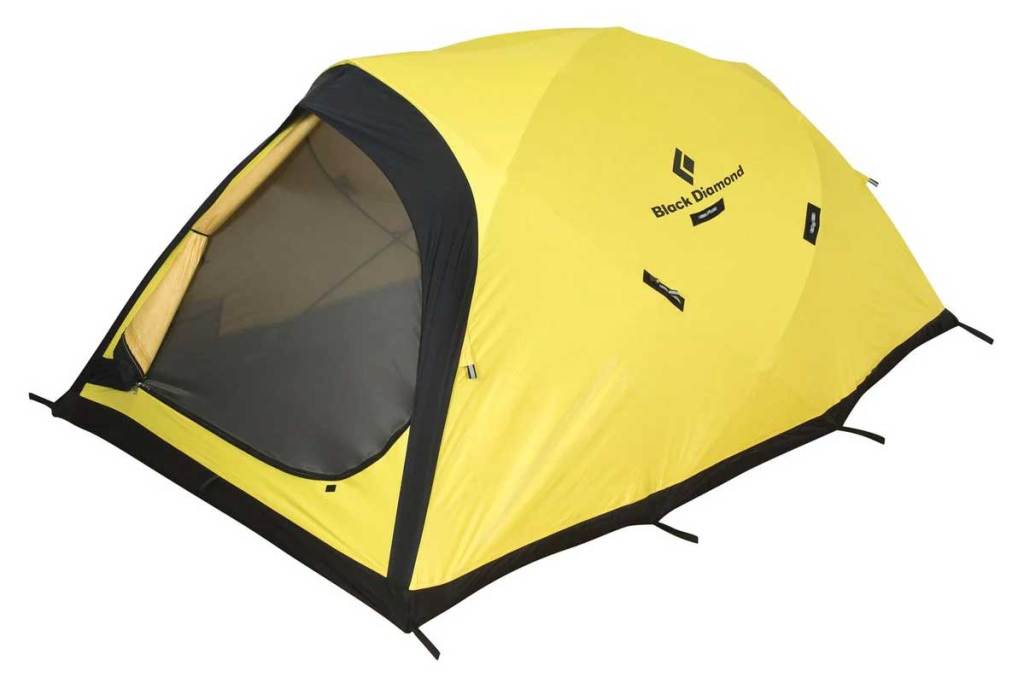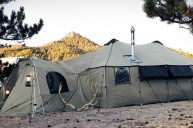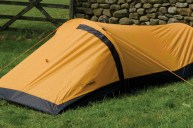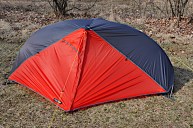Is a winter tent really worth the extra investment? If you plan to camp throughout the winter in snowy conditions, the answer is yes. A four-season (or winter) tent is designed to withstand heavy snow loads and high winds as well as generally inclement weather. Winter tents have room for the additional gear required for winter camping, and have less mesh and heavier fabric than three-season tents. The poles are built for maintaining flexibility without snapping in frigid temperatures, and the stakes are burlier as well. This means winter tents are heavier than most three-season tents, but worth it for the stability and protection to stay safe and warm in winter conditions.
What to Look for in a Good Winter Tent
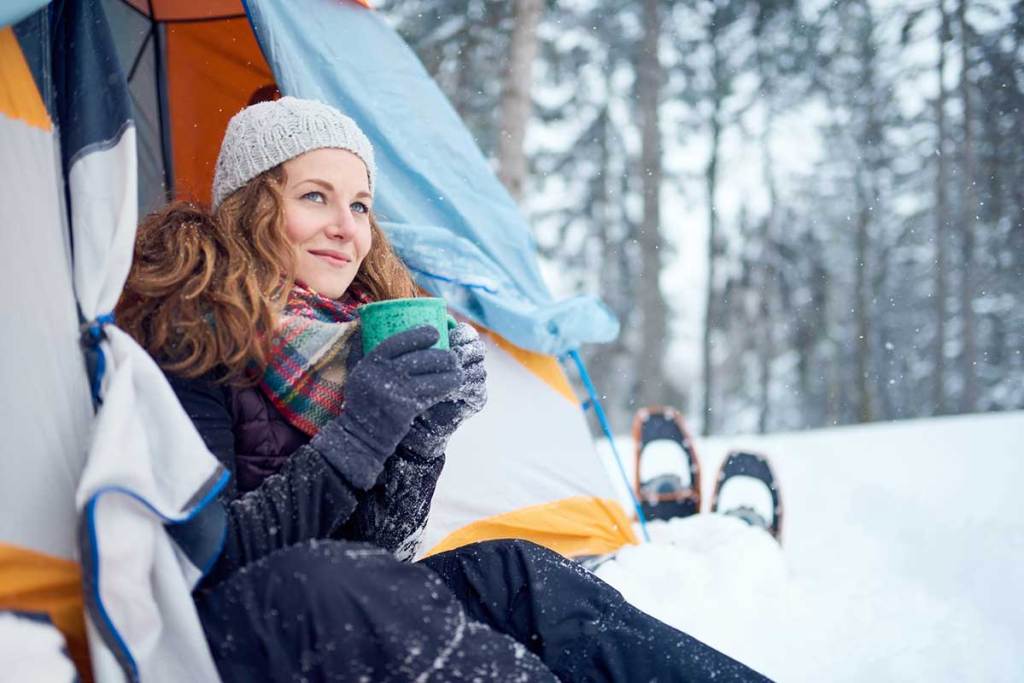
When shopping for a winter camping tent, look for a model with at least 28 square feet of interior space and a minimum 8-square-foot vestibule. I like two doors, at least 40-denier nylon walls and fly, and specialty poles for winter weather. Keep in mind that these are not polar expedition tents, but rather reliable, storm-ready four-season tents that can be found online or at a specialty outdoor retailer. A good winter camping tent can be pricey, but your safety and comfort are paramount for four-season outings, and if you're looking to spend a lot of time in the backcountry this winter, chances are you don't mind spending some money to make it happen. I've listed all two-person winter tents here, as this is the most popular size. Looking for more sizes? Many of these tents come in other capacities as well.
Products featured on Wide Open Spaces are independently selected by our writers and editors. However, when you buy something through our links, we may earn a commission.
Best All-Around Winter Camping Tent
At just over four pounds and right in the middle of the price range, this model from the four-season experts at MSR is the tent I've used for winter camping for the past four seasons. It has a central pole hub for easy set up, and a strategically designed pole system for shedding snow and keeping the walls of the tent (and condensation) away from you while you're sleeping. The poles are made of a flexible carbon composite that stays pliable and strong in below-zero temperatures, and it has two 8.8-square-foot vestibules for cooking and stashing gear. I love the two-door design that keeps people from crawling over each other to leave the tent at night, and they can be left open for venting. Like all other winter tents I've tried, this one collects more condensation than three-season tents due to less mesh, but that comes with the territory of a winter camping tent. This tent has 29 square feet of interior space, which is smaller than others on this list, but I have fit three adults in here without feeling too crammed.
Most (Relatively) Affordable Winter Camping Tent
REI Co-op Arete ASL 2 Tent - REI, $449
At 6.5 pounds, this tent isn't the lightest two-person option on this list, but with a four-pole design, structural stability for snow loading, and a large internal space for living quarters, it's worth it when split between two people. This tent has a large door for getting in and out without getting snow into the tent, and has nearly nine square feet of vestibule space for leaving boots and gear outside of the interior. The tent body is just under 33 square feet, which is larger than a standard three-season, two-person backpacking tent. Like most winter tents, this model has multiple gear hanging loops, interior pockets, and a large door pocket to stash layers. The rain fly is a 40-denier nylon, which is a mid-range weight for durability without adding too much bulk. The tent makes use of ventilation when you want it and protection when you need more enclosed space thanks to the zippered panels that cover the mesh, and can be opened or closed depending on conditions.
Best for Staying Out of the Elements
Mountain Hard Wear Trango 2 Tent - REI, $850
This massive two-person tent has 40 square feet of interior space, plus two vestibules and doors that convert into canopies. The dry-entry vestibule means it's easy to keep the interior clean and dry, with tons of head room and snow flaps to seal out blowing snow. This is an excellent tent for base camping during a hunting trip or ski trip, with more than enough livable space for two people for several days at a time. It has interior pockets and tensioned nylon shelves for storage and organization, making this a pretty luxurious setup for the dedicated winter camper. The rear vestibule can be used for tent entry and exit as well, along with ventilation when conditions allow. The floor and fly are made from an incredibly burly 70-denier nylon, and this tent has so many guyout points it would be hard to not have a taut pitch. This tent does take more time to set up than others on this list, which is why it's my pick for a basecamp situation.... plus it weighs more than 9.5 pounds fully loaded.
Most Stable Winter Camping Tent
Black Diamond Fitzroy Tent - Backcountry, $999.95
For expeditions with a lot of exposure and potential for high winds, this incredibly strong tent is a safe bet. The pitch structure is incredibly tight, with a single-wall design that leaves little room for flapping and potential blow overs, and it has three-point guylines that tension themselves for increased stability in blowing snow and fierce wind. The four poles are set up from the inside so you can get out of the elements faster, and it has a waterproof, reasonably breathable ePTFE membrane as the body. (The same membrane that Gore-Tex is made from). This tent comes with some usability (and price) costs though: it's tough to learn to set up—I recommend practicing in good weather in your yard—and it weighs just over 7 pounds without the optional vestibule, which is heavy for a single-wall tent. However, if you're looking for durability and structural stability on exposed winter campsites in potential storms, you won't find much better.
Best Light(er) Weight Winter Camping Tent
NEMO Kunai 2P Tent - Backcountry, $549.95
At under four pounds, this backcountry-ready tent shaves ounces without losing structure and stability. The inner tent has large vents for better airflow than other four-season tents, and the deep brow pole over the entrance leaves more room for gear to dry in the vestibule and space for entering and exiting. This tent has two poles, with one central hub pole and a horizontal spreader bar at the head of the tent for more shoulder room. This tent is smaller than others on the list and it only has one door and vestibule, but if you're looking to save weight on longer hikes and want four-season protection, this is a great option for one or two hikers.
